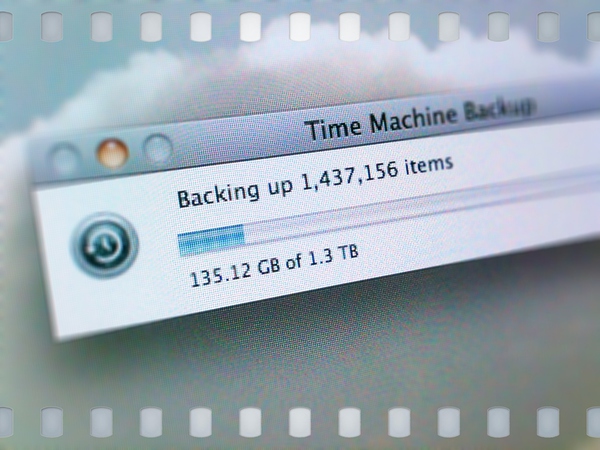June 26, 2014
Backups

Inspired by Matt Gemmell’s post about his backup strategy, here is what I do for backups:
Primary: Automatic hourly Time Machine backups whenever my computer is on at home. (Encrypted, of course.)
Secondary: Encrypted full disk clone via SuperDuper! that I do manually every two weeks.
Offsite: Another encrypted full disk clone kept at work. This drive also has a copy of the (seldom-modified) data on my external hard drive (e.g. photo archives).
Cloud: I use Arq to back up specific folders on my computer to Amazon cloud storage every hour or every day.1
Dropbox and Evernote: I keep a lot of my files in Dropbox and Evernote, so I can just sync with their servers to restore these data.
Here’s how I decided on this system:
I chose a primary restore strategy:
The key to setting up a backup system is thinking about how you’d reconstruct your computer after theft or hardware failure.
For me, I would restore from Time Machine, augmented by Arq as needed. All my active work is in either Dropbox or backed up hourly with Arq, so even if Time Machine is 24 hours behind I won’t lose anything critical. Restore will be quick because Time Machine is local (i.e. not over the internet, which is much slower).
I got backups for my backups:
The secondary and offsite clones are a backup in case Time Machine fails.
Also, you don’t want all your backups to be plugged in at any one time in case a power surge takes everything out.
I automated:
Note that my primary restore methods are all automatic. Manual elements in a backup system are generally a terrible idea. I’m comfortable with my manual drive clones only because they are backups for my backups and I have them set up to be pretty close to automatic.
I think this system is as complex/comprehensive as any “normal” person needs.2
I encrypted everything:
All my hard drives are protected with full disk encryption. I use Arq for cloud backups specifically because it encrypts my backups locally and no 3rd party has any way to decrypt them. This gives me piece of mind if something should go missing.
An aside about data in the cloud
I’m wary of relying on apps and websites with cloud storage that don’t sync a copy of my data to my local file system. I have no idea what Random Company X’s backup policy is, so I don’t trust them to hold the only copy of critical data.
For example, I use MailMate for my email, which keeps a local copy of every message. This local copy then goes into Time Machine, Arq, and my drive clones.
My policy is to not rely on any cloud service that doesn’t include some clear automatic backup mechanism. Many services include automatic Dropbox sync, which is great for this.
Windows versions
I don’t use Windows, but here’s a starting point for finding Windows versions of the applications and services I mentioned.
- Time Machine: This is something that runs in the background and keeps hourly incremental backups of everything on your hard drive, and keeps old versions of files for some period of time (e.g. 30 days). The backups should be on an external hard drive or network-attached storage device (not in the cloud).
There’s a similar feature built into Windows 8. For older versions of Windows, see this.
- SuperDuper!: This is an application that creates full-disk clones of your hard drive. This is different than Time Machine because it is just a snapshot. It should not keep old versions of files or deleted files. To save a lot of time you’ll also want to be able to do smart backups that just copy over changed files.
See this roundup from LifeHacker for a list of options.
Update (July 15, 2014): Bvckup 2 looks like a great option for cloning drives/folders on Windows.
Arq: Automatic cloud backup. I recommend Backblaze, which is cross-platform.
Full disk encryption: Windows has something called BitLocker.
- Backblaze might be a better choice than Arq if you don’t already use Amazon Web Services. I’ve used it before and highly recommend it, but be aware: it does give you the option of web-based restores, which involves Backblaze decrypting your data. [return]
- The scare quotes signify that I recognize a normal person does not blog about backup strategies. [return]
Comments? Please send me a message.